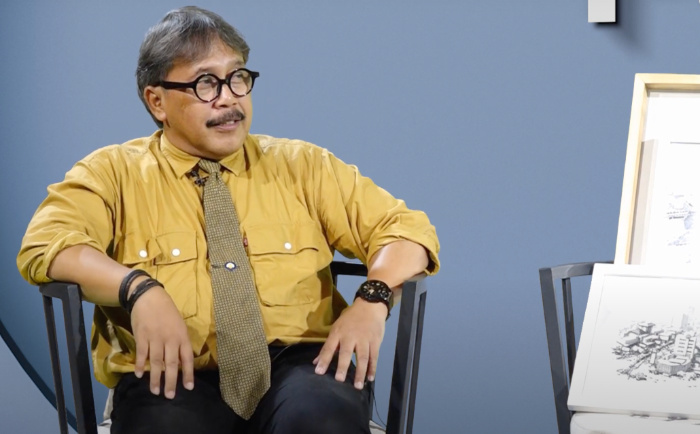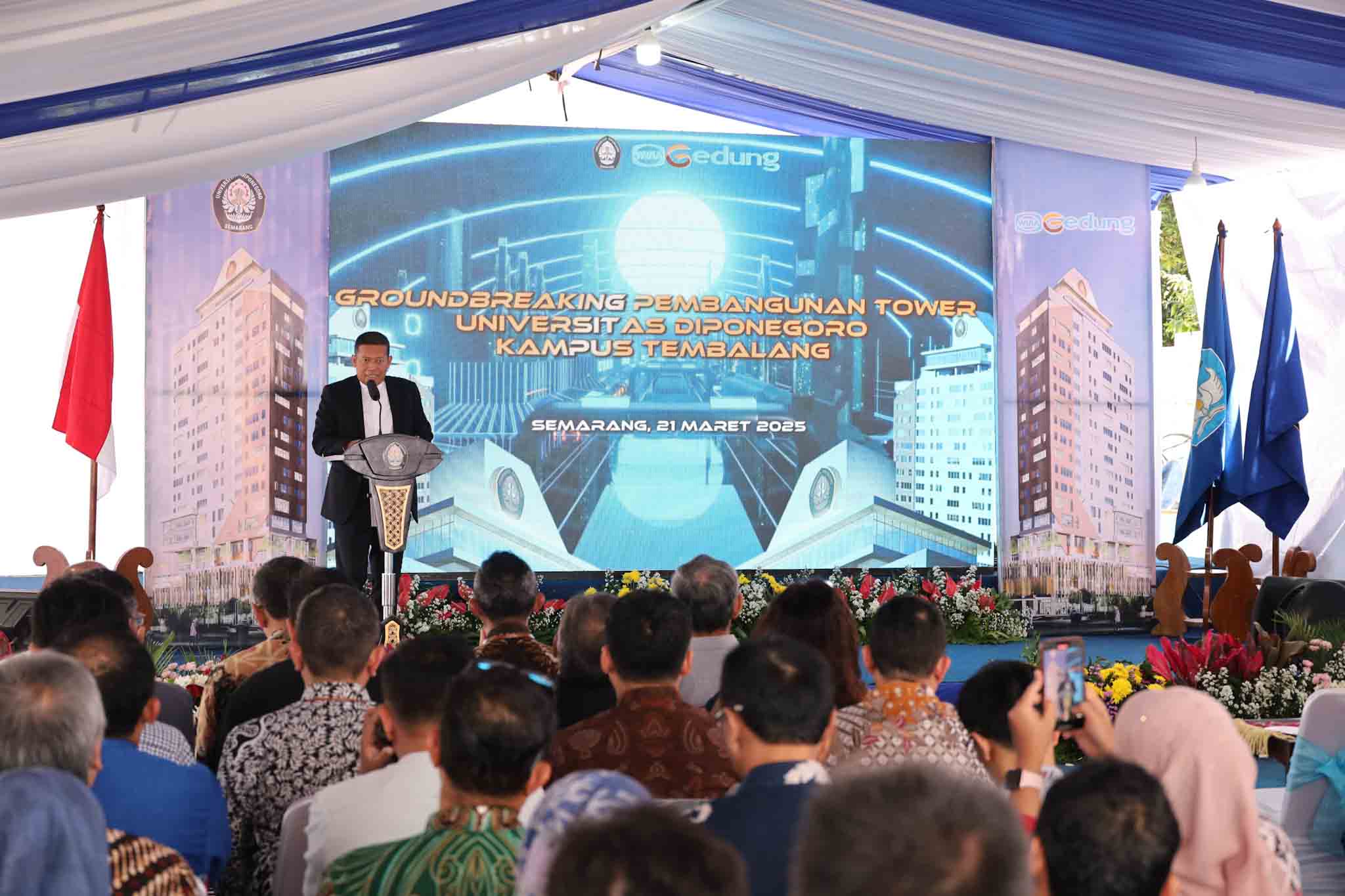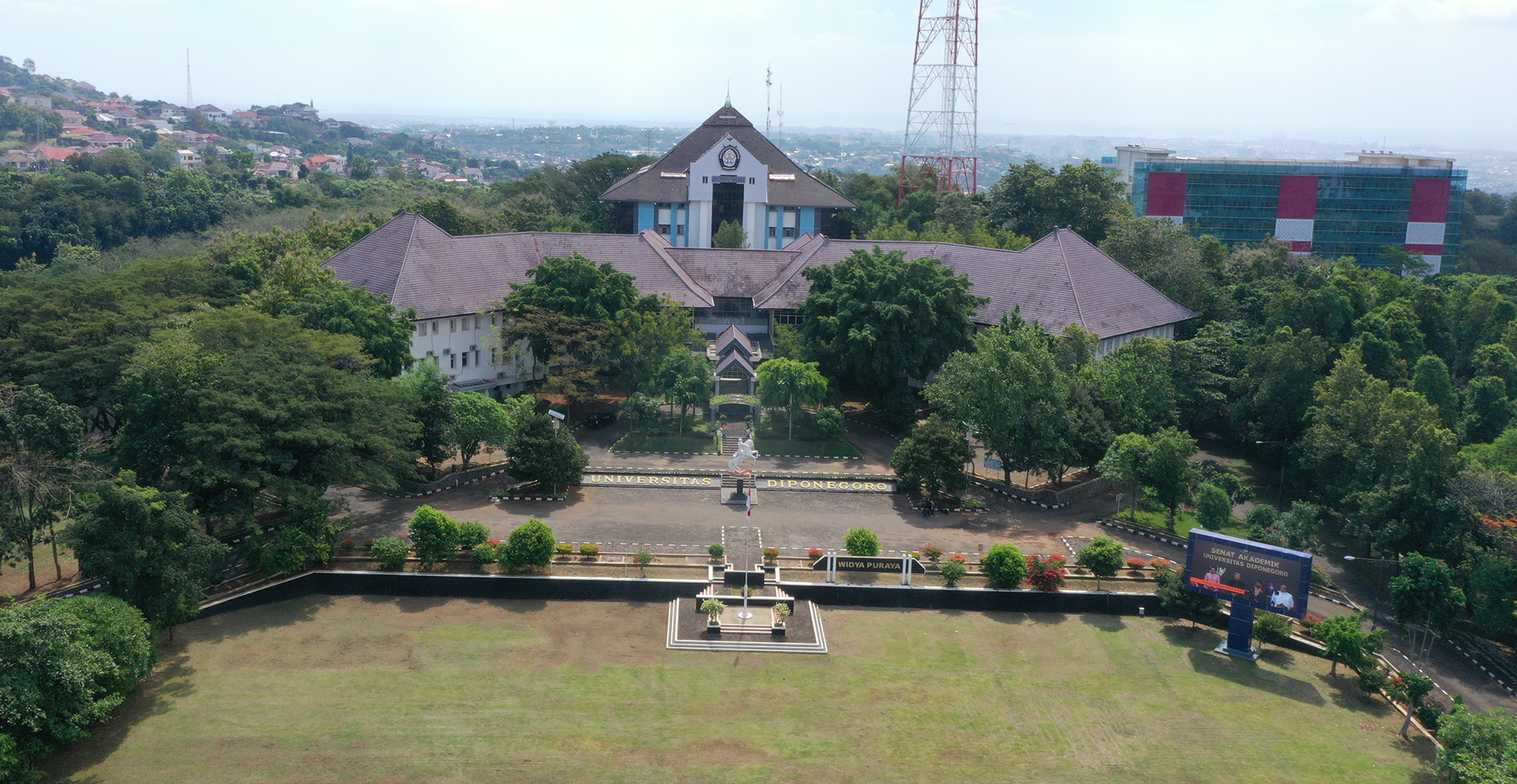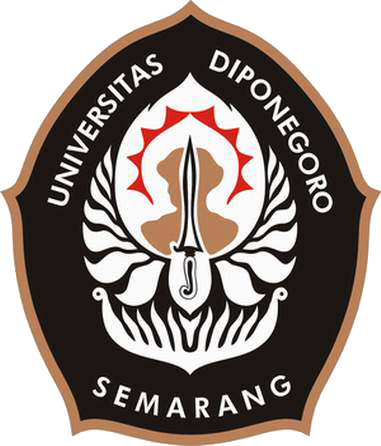UNDIP, Semarang (March 28) – Dr. Ir. Agung Dwiyanto, MSA, IAI, GP, a lecturer at the Department of Architecture, Faculty of Engineering, Universitas Diponegoro (UNDIP), is known for his expertise in Building Technology, particularly in Architectural Design with a strong focus on the design and development of hospital buildings.
As both an academic and a practitioner, Dr. Agung has made significant contributions in teaching, research, scientific publications, and healthcare facility design—emphasizing functionality, safety, comfort, and energy efficiency. His experience and involvement in numerous architectural projects have further strengthened his expertise in creating innovative hospital designs that align with current standards.
Currently, Dr. Agung serves as Deputy Director of Assets and Design at UNDIP. He completed his Bachelor’s degree (S1) in Architecture at Universitas Diponegoro, obtained his Master’s (S2) in Architecture from the Institut Teknologi Bandung, and earned a Doctorate (S3) in Architectural Studies from Universitas Diponegoro. In addition to his academic roles, he is an active member of the Indonesian Institute of Architects (IAI). He is certified as a Green Professional (GP), reflecting his commitment to sustainability principles in architecture.
In a podcast session with UNDIP TV, Dr. Agung shared that his interest in hospital room design began with his fascination for radioactive spaces and diagnostic radiology rooms.
“After studying it, I found that many changes occur in relation to accreditation—whether in form, size, or the requirements for spaces and equipment. Therefore, designing diagnostic radiology rooms in hospitals requires meticulous attention,” Dr. Agung explained.
In addition to his expertise in hospital design, Dr. Agung also places special emphasis on sketching techniques in architecture. He highlighted the importance of hand-drawing skills amidst the rise of digital design tools.
“Technology is important, of course—but software is just a tool. Honed sketching abilities help architects develop ideas that are more creative and expressive,” he said.
Dr. Agung is also active in sketching communities and has produced over 700 sketches. One of his favorite masterpieces is a sketch of a traditional Sasak house, which he believes effectively captures the atmosphere through the play of shadow and accurate architectural detailing.
As a lecturer, Dr. Agung continues to inspire students to develop sketching as part of their design thinking process. He emphasized that being an architect doesn’t require innate drawing talent. “If you have drawing skills, that’s a gift. But for those who are not yet skilled, it can all be learned. What matters most is having a solid understanding of design,” he advised new students.
With his expertise in hospital design and his dedication to architectural education, Dr. Agung Dwiyanto continues to play a vital role in shaping a new generation of architects—innovative thinkers who understand the technical and functional aspects of building design. (DHW)







